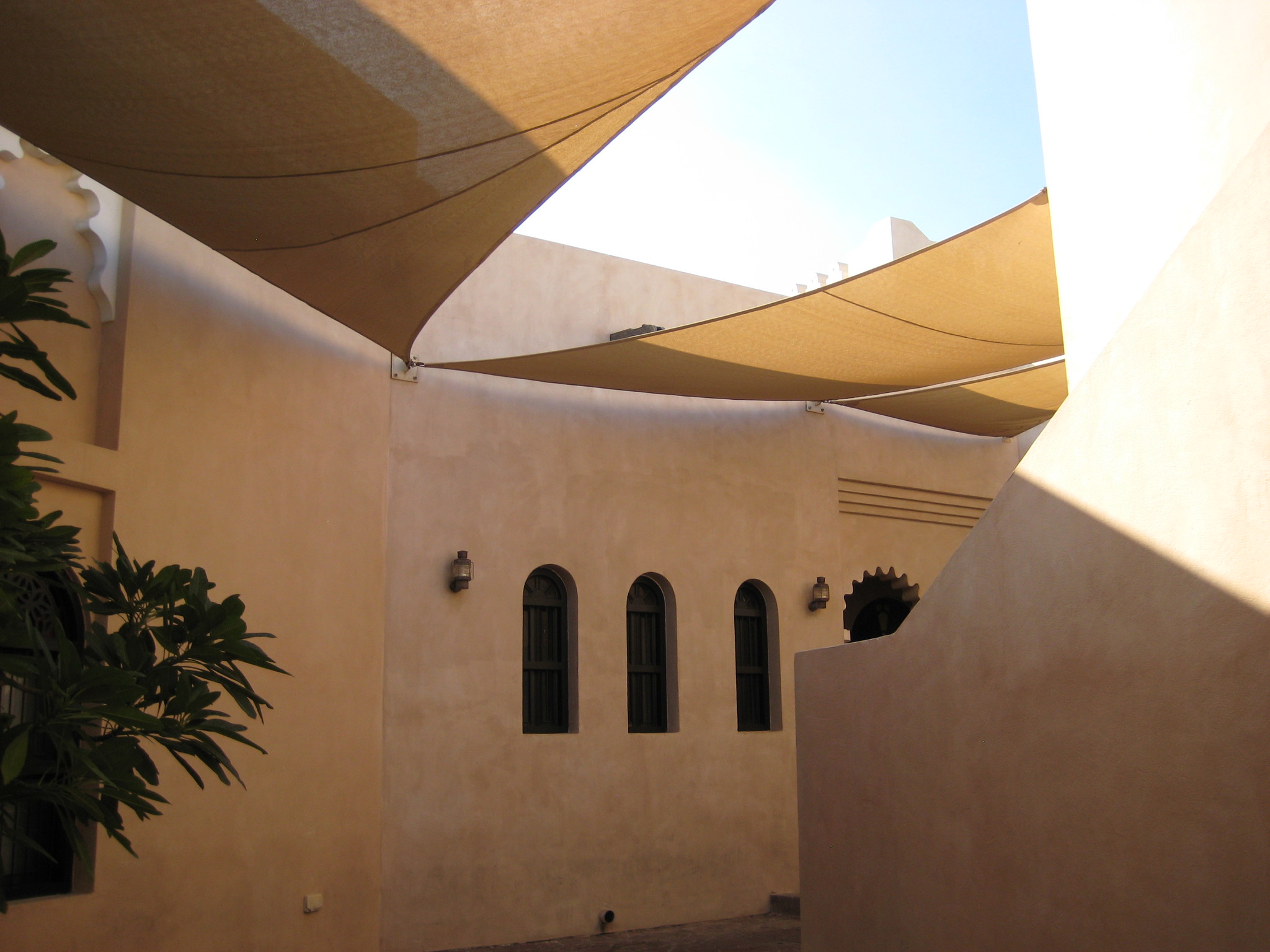Katara Cultural Village is a prominent cultural and artistic hub located in Doha, Qatar. Opened in 2010, it spans an area of approximately 1 million square meters along the eastern coast of the city. The village was designed to showcase Qatar’s rich cultural heritage and promote artistic expression from around the world. It features a blend of traditional Arabic architecture and modern amenities, including an amphitheater, opera house, cinema, galleries, workshops, and various restaurants. Katara hosts numerous events, exhibitions, and festivals throughout the year, attracting both locals and international visitors. The village serves as a platform for cultural exchange, artistic development, and the preservation of Qatari traditions, making it a significant landmark in Qatar’s efforts to establish itself as a cultural destination in the Middle East.
Katara Cultural Village, nestled along the eastern coast of Doha, Qatar, is a testament to the rich cultural heritage of the region. This sprawling complex, spanning over 1 million square meters, offers visitors a unique opportunity to immerse themselves in the traditional architecture of the Arabian Gulf. As you wander through the village, you’ll be struck by the intricate details and thoughtful design elements that pay homage to Qatar’s past while embracing its future.
The moment you step into Katara, you’re transported to a different era. The village’s layout is reminiscent of traditional Qatari towns, with narrow alleyways winding between buildings and opening up into spacious courtyards. These pathways, known as sikkas, are not just functional but also serve to create a sense of community and intimacy within the village.
One of the most striking features of Katara’s architecture is the use of traditional building materials. The structures are primarily constructed using a combination of coral stone, limestone, and wood – materials that have been used in the region for centuries. These natural materials not only lend an authentic feel to the buildings but also help regulate temperature, providing respite from the scorching desert heat.
As you explore further, you’ll notice the prevalence of wind towers, or badgirs, dotting the skyline. These ingenious structures were traditionally used as a natural air conditioning system, channeling cool breezes into the buildings below. In Katara, these towers serve both a functional and aesthetic purpose, adding to the village’s distinctive silhouette.
The facades of the buildings in Katara are adorned with intricate geometric patterns and calligraphy, showcasing the Islamic artistic tradition. These decorative elements are not merely ornamental; they reflect the deep-rooted cultural and religious values of the region. The use of arabesque designs and Quranic verses creates a harmonious blend of art and spirituality throughout the village.
One cannot help but be drawn to the majestic Katara Mosque, a stunning example of traditional Islamic architecture with a modern twist. Its unique design, featuring blue and gold tiles, stands out against the earthy tones of the surrounding buildings. The mosque’s minaret, visible from afar, serves as a beacon for visitors and a symbol of the village’s cultural significance.
Another architectural highlight is the Katara Amphitheater, an impressive open-air venue that combines Greek and Islamic architectural styles. This fusion of design elements reflects Qatar’s commitment to cultural exchange and dialogue, a theme that runs throughout the village.
As you continue your journey through Katara, you’ll come across numerous art galleries, museums, and performance spaces, all housed in buildings that seamlessly blend traditional and contemporary design elements. These structures serve as a bridge between Qatar’s past and its aspirations for the future, showcasing how traditional architecture can be adapted to meet modern needs.
The village’s planners have also incorporated green spaces and water features throughout, creating a pleasant microclimate and offering visitors a respite from the urban environment. These elements, such as the beautifully landscaped gardens and the serene beachfront, complement the built environment and enhance the overall visitor experience.
As your exploration of Katara Cultural Village comes to an end, you’ll leave with a deeper appreciation for the ingenuity and beauty of traditional Gulf architecture. The village stands as a living museum, preserving architectural techniques and styles that have been passed down through generations. It serves as a reminder of Qatar’s rich cultural heritage and its commitment to honoring tradition while embracing progress. Katara Cultural Village is not just a tourist attraction; it’s a celebration of architecture, art, and culture that continues to inspire and educate visitors from around the world.
Katara Cultural Village stands as a vibrant hub of arts, culture, and heritage in Doha, Qatar. This expansive complex showcases a diverse array of architectural styles, artistic venues, and cultural facilities, serving as a bridge between traditional Qatari culture and modern artistic expression. With its theaters, galleries, museums, and performance spaces, Katara fosters creativity and cultural exchange while preserving local traditions. The village’s picturesque beachfront location and numerous dining options further enhance its appeal as a popular destination for both locals and tourists. Ultimately, Katara Cultural Village plays a crucial role in Qatar’s efforts to promote cultural awareness, support artistic endeavors, and establish itself as a regional center for arts and culture.

